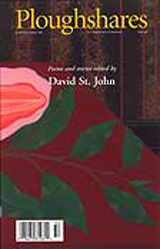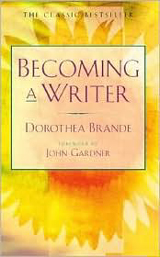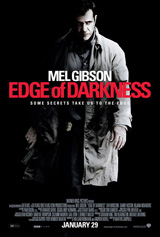As you know, sentences don’t always start with the subject—like this one, for instance. Instead, they sometimes begin with an introductory clause or phrase before getting to the main part of the sentence. Often these initial groups of words are followed by commas.
Adverbial Introductions
The most common type of introductory clause or phrase is adverbial. That is, it describes when, where, how, why, or under what conditions the action of the sentence occurs. Usually, a comma follows an adverbial introductory phrase, especially if a little break falls naturally there. The comma lets the reader know that the introduction is over and the main part of the sentence is about to begin, like a set break between a concert’s opening act and the headliner:
When my grandmother died last month, I immediately booked a plane ticket home.
At my parents’ house, the entire second floor was being renovated.
Because my parents didn’t expect company until the Fourth of July, our childhood bedrooms weren’t ready for my sister and me.
However, a comma isn’t necessary if an introduction is comprised of just one or two words and there is no chance of misreading it:
On Saturday I flew out.
Three hours later the plane landed.
Likewise, a comma isn’t necessary after an introductory phrase if it immediately precedes the verb it describes:
At the bottom of the escalator waited my dad.
Parked outside at the curb was my mother.
Adjectival Introductions
Introductory phrases may also be adjectival—that is, they describe the noun or pronoun that comes next. This time, the comma acts as a kind of drumroll, letting the reader know he or she is about to find out who or what is being described. You should usually use a comma even if the phrase is short:
Stripped of the old wallpaper and freshly painted, the walls reeked of chemical fumes.
Remembering the old carpeting, we admired the newly refinished hardwood floors.
Single-Word Introductions
When a sentence starts with an interjection like oh or ah, use a comma only if there should be a little pause between it and the rest of the sentence:
Oh, my aunt and uncle were already sleeping in the basement suite.
Oh no! That meant my sister and I had to sleep on a mattress on the floor of the music room.
Don’t use a comma after oh if it’s vocative—that is, the grammatical case referring to an addressee—or an O used on poetry:
Oh Lord, hear our prayer.
O Captain! my Captain! our fearful trip is done
When a sentence starts with yes, no, well, etc., use a comma if there should be a slight pause:
Yes, my grown sister and I shared a bed.
No, we never even shared a room growing up.
Yes yes yes!
Finally, for sentences that start with names or other nouns because you’re directly addressing them, use a comma:
Sister, that was an experience we will never forget.
Mom and Dad, the renovation looks great!
(This was a true story, by the way.)
Do you have a question about the comma? Let me know, and I’ll include it in a future installment of Mots Justes’ ongoing series.
The Mots Justes Series on Commas
Part I—To Serialize or Not to Serialize
Part II—Independent Thinking
Part III—Co-dependents
Resources
Chicago Manual of Style, The. 15th ed. Chicago: The University of Chicago Press, 2003.
Hacker, Diana, The Bedford Handbook for Writers, 3rd ed. Boston: St. Martin’s Press: 1991.








I have read different rules concerning the use of commas after conjunctions whether to put them in or to leave them out. I would like to know what rule is accurate.
Examples:
The Red Sox were leading the league at the end of May, but of course, they always do well in the spring. [no comma after “but”]
The Yankees didn’t do so well in the early going, but frankly, everyone expects them to win the season. [no comma after “but”]
The Tigers spent much of the season at the bottom of the league, and even though they picked up several promising rookies, they expect to be there again next year. [no comma after “and”]
Or those previous examples correct?
What if the sentence begins with a conjunction and there’s an interjection or introductory cause after that, do you use a comma?
Example:
And(,) frankly, everyone expects them to win the season.
Thank you in advance for answering these questions.
Hi Cherie, Thanks for stopping by.
I actually covered this scenario very early on on Mots Justes because it was bothersome to me as well: https://motsjustes.wordpress.com/2008/07/06/conjunctions-clauses-and-commas/
My conclusion was no, don’t use the extra comma. But as you’ll see in my post, the decision ultimately may not be up to you but to whomever decides the in-house style. The key is to be consistent.
Thanks again! -ae
I am sure you addressed this somewhere else, too, but why isn’t a comma used after this following example:
Hi(,) Cherie.
I know in salutations you do not, such as:
Dear Cherie,
Thank you again.
Cherie
I use a comma in Oh, no. And I’ll continue to do so, too. I haven’t yet seen a good argument against using the comma, yet there are fine ones in its favor.
Hi comma fan, Thanks for stopping by! If there’s one thing I’ve learned since starting this blog, it’s that grammar rules are more malleable than we think they are. The keys to good writing are clarity and consistency. Thanks again! -ae
@comma fan: I use a comma, too, for “Oh, yes” and “Oh, no”… im actually in search now of any rules on this and i stumbled upon this blog…